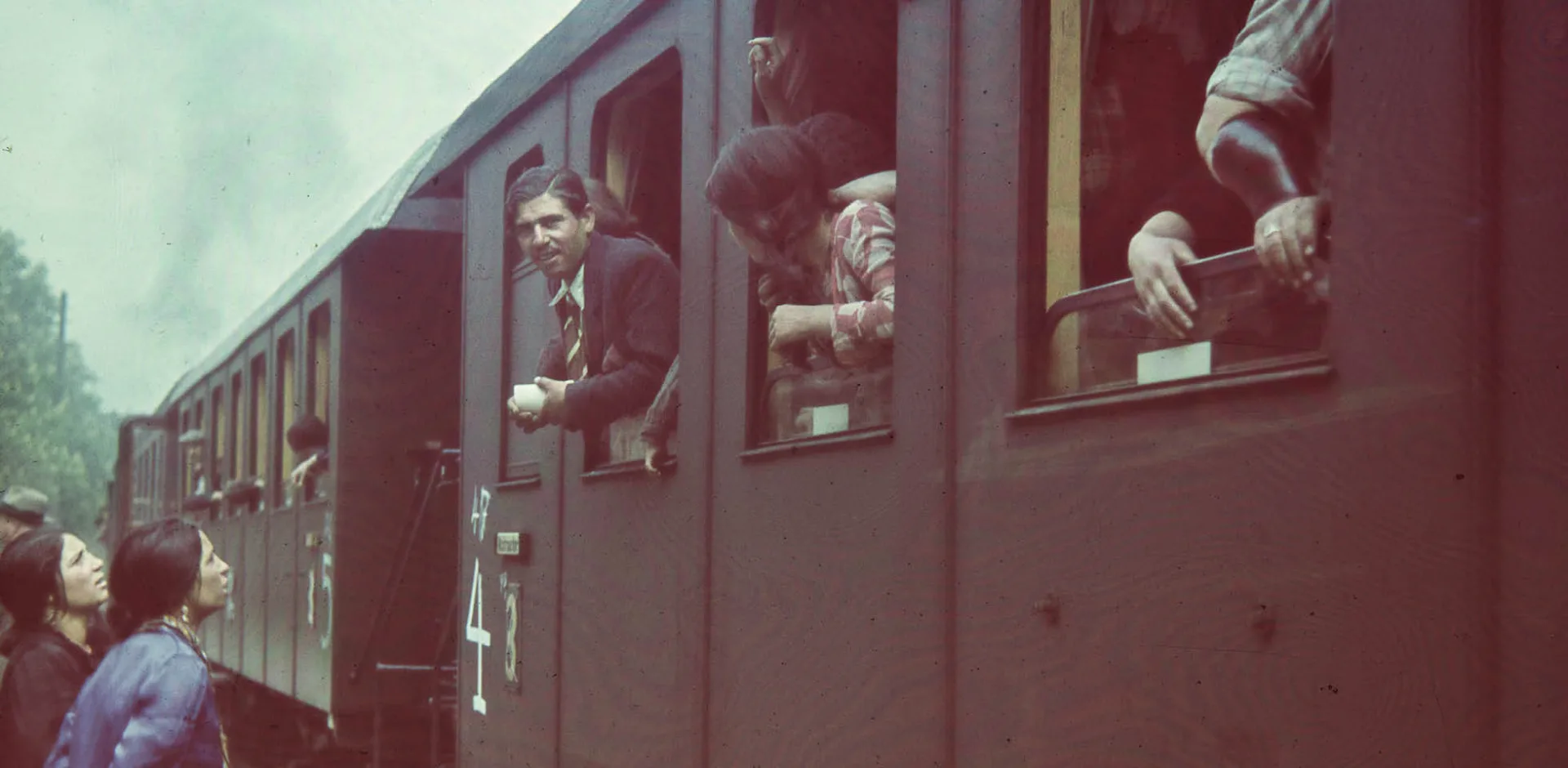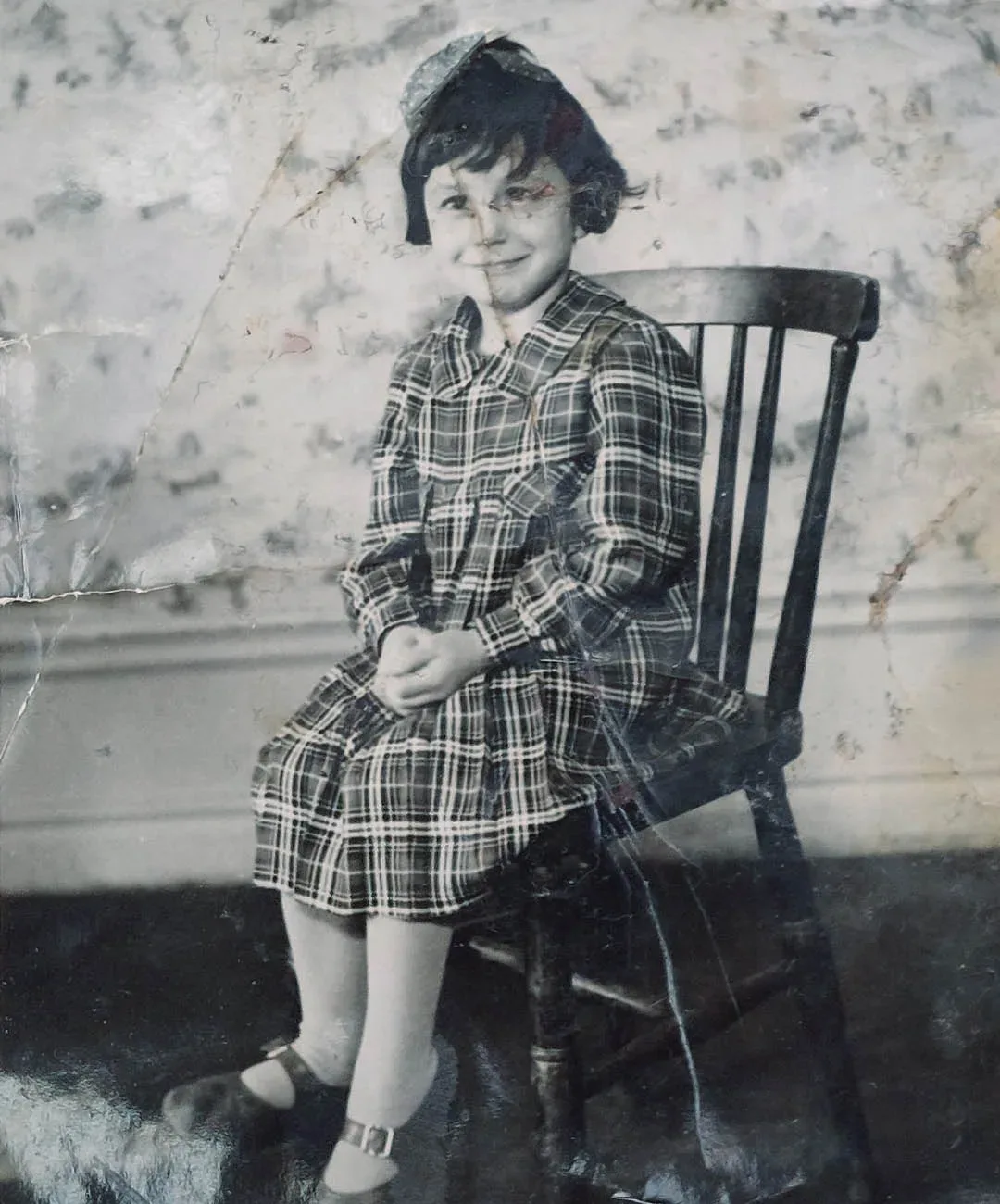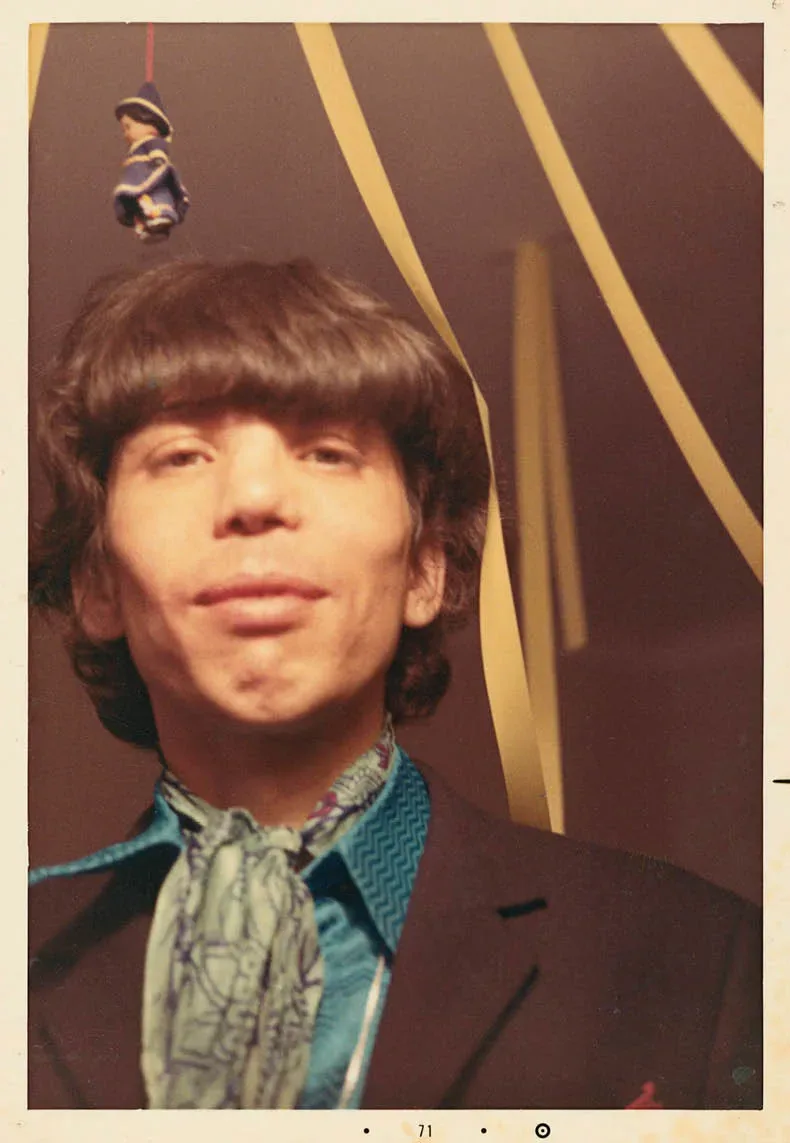Untold begins with the resistance in the Roma section of the Auschwitz-Birkenau camp in 1944 and tells both about the background and the consequences of the genocide. In the exhibition, you will encounter previously unknown testimonies and unique artefacts. What emerges is the scale of the Nazis’ crimes, the story of the few who survived, and the long road to recognition.
The genocide of Sinti and Roma during the Holocaust was recognized by West Germany in 1982 and did not officially become a day of remembrance in the EU until 2015. Research into the genocide has only gained momentum in recent decades. For a long time, the genocide of Europe’s Roma population remained quite unknown and untold.
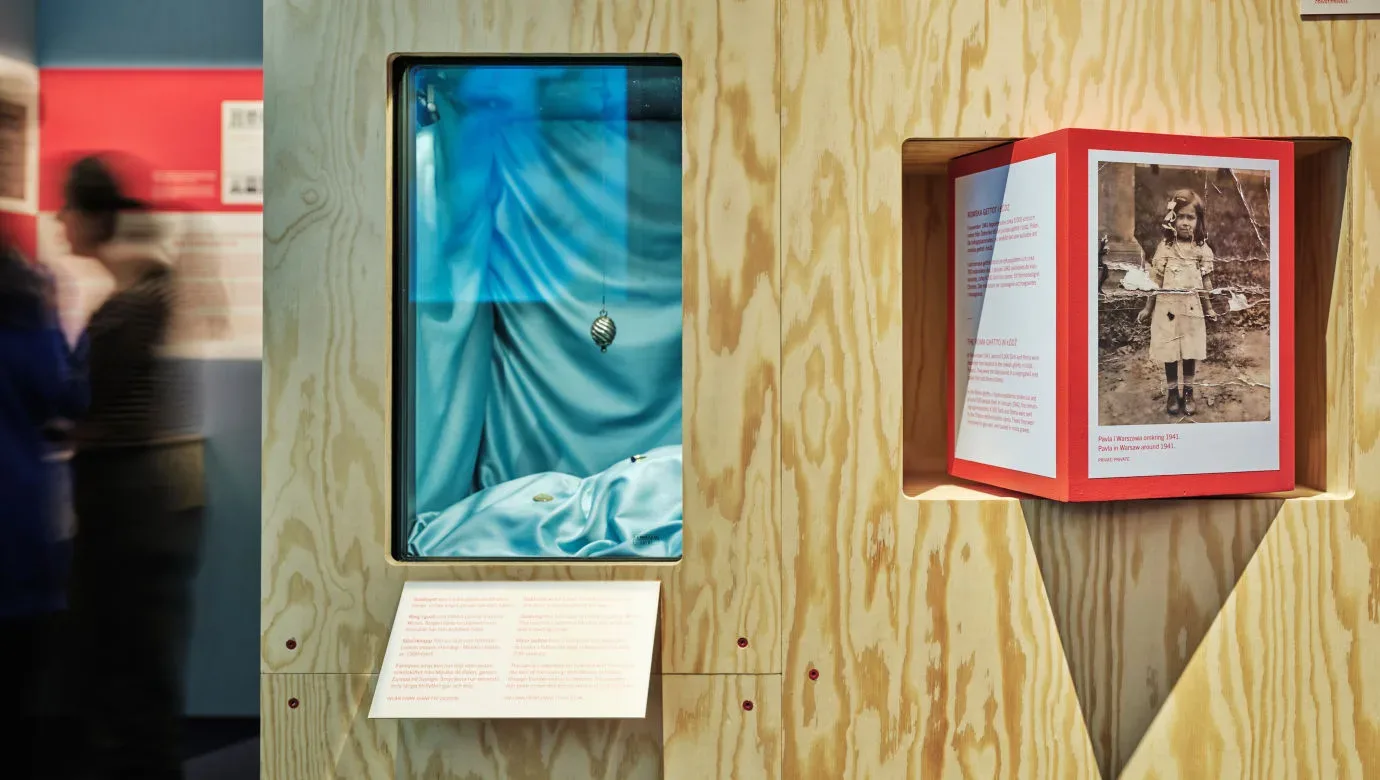
In Sweden, many live with the genocide as part of their family history. In the exhibition Untold, you will meet Rose-Marie, Eugen, Lenka, Bronislaw, and their descendants. Their life stories endure because they were told — and because someone continues to tell them.
I remember how the nails scraped against my feet."
From the day the five-year sentence was handed down, I have tried to find out who I was, who I am and whether I am a criminal because of my race.”

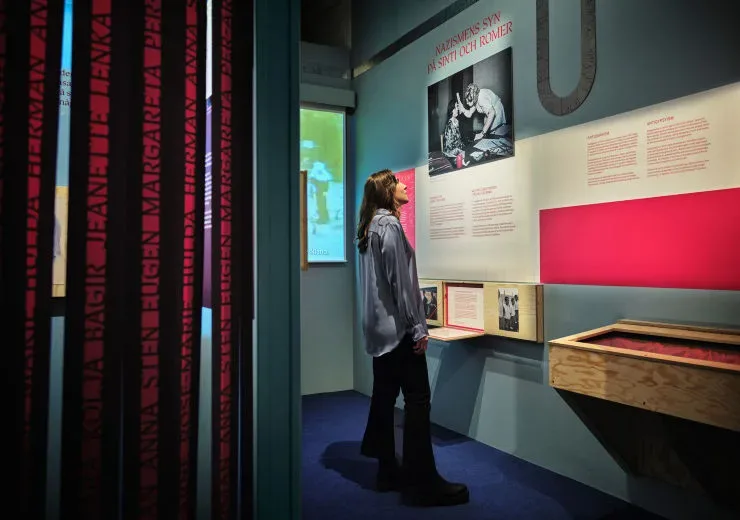
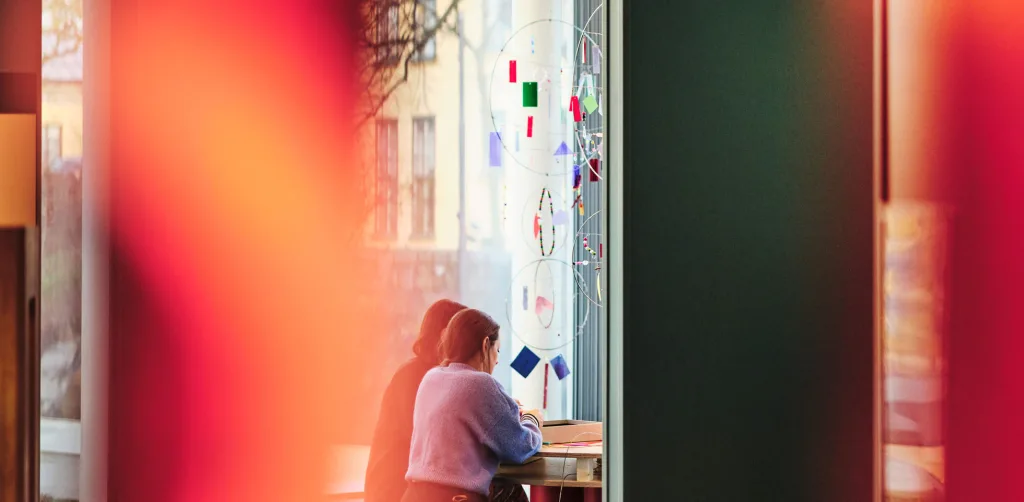
In the exhibition there is an interactive space for reflection where you can write and contribute to an installation that is set up in the exhibition. Photo: Ola Myrin, Swedish Holocaust Museum/SHM.
Header image: Deportation of Sinti and Roma, 22 May 1940. Photo: Bundesarchiv, R 165 Bild-244-57 / CC-BY-SA 3.0.
Before your visit
Visit the exhibition at the Swedish Holocaust Museum, Torsgatan 19, Stockholm. Free admission. The exhibition opened on December 12, 2024.
